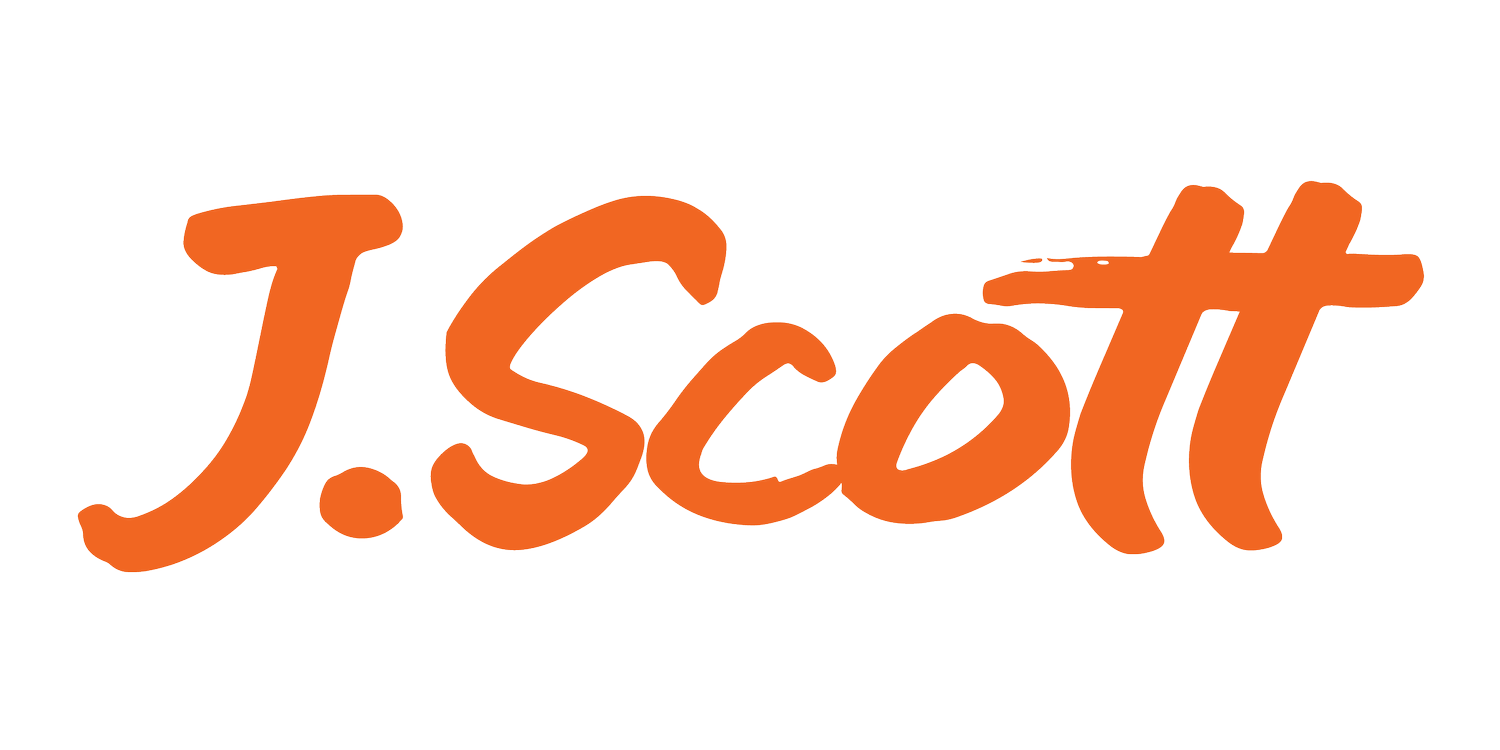Why Every Company Needs to Become a Team of Teams
Most companies are built to scale, but not to move. They’re structured to manage risk, not to create momentum. And they’re filled with “teams” that don’t actually operate as teams.
The CEO thinks the executive leadership team is a team. It’s not.
Most exec teams are a group of people representing their departments. They’re there to advocate, defend, negotiate. Not to align. Not to lead together. Their loyalty is vertical, not horizontal. They answer to their silo. Their team, the one they’re actually on, gets ignored.
That same dynamic exists at every level of the organization.You’ve got product teams trying to move fast, but they can’t get clear decisions from leadership.
You’ve got operations buried in execution with no insight into strategy.
You’ve got HR designing culture programs while Finance slashes budgets.
Everyone’s busy. Everyone’s trying. But nothing moves.
That’s because most companies aren’t built to work as a team of teams.
They’re built to operate in layers, in functions, in silos. And when they hit complexity, which every growing company eventually does, they slow down. They break down. They try to fix the symptoms: more meetings, more dashboards, more OKRs.
But they never address the real problem: The company doesn’t know how to operate as one.
“Here’s the shift: when you transform HR, IT, and Finance, when you give those teams the leadership system, the clarity, and the purpose they need to function like internal execution engines, you create the conditions for the entire company to operate as a unified whole.
You unlock a team of teams.”
That doesn’t mean everyone agrees. It doesn’t mean you need consensus. It means you’ve built a system where:
Teams are aligned around the same three outcomes: customer satisfaction, team member satisfaction, and profitability.
Decisions are made through the same lens, no matter where they originate.
Execution is measured the same way in every department.
No one is allowed to improve their function at the expense of another.
The three pillars are the conductor’s score. And when every team is playing from it, the company doesn’t need more coordination. It needs less. It’s moving in sync, by design.
Imagine this: HR builds high-performing teams.
IT builds the tools that let them move faster.
Finance ensures only the right work gets funded, and helps leaders make the case.
Now take that same system and apply it across product. Across customer experience. Across the field. You’ve got teams building the right things, for the right reasons, with the right resources, in the right way.
And they’re not doing it because some “alignment exercise” told them to. They’re doing it because the system demands it and rewards it.
That’s a team of teams.It’s not a structure. It’s not a re-org. It’s not a slide in the culture deck.
It’s the difference between a company that can scale and a company that can scale without compromise.
Most companies lose their edge the minute they grow. They get slower. Less coordinated. Less connected. And they spend the rest of their life trying to recapture what they had when they were small and scrappy.
“If you build a team of teams, you don’t lose that edge. You keep it. You grow it. You reinforce it.”
Because the system doesn’t rely on proximity. It doesn’t rely on heroic leaders. It doesn’t rely on the CEO being in every meeting. It relies on everyone knowing what matters and being equipped to act.
So here’s the truth.If your company is built around functional excellence, you’ll get performance until the moment complexity shows up.
If your company is built around a team of teams, you’ll get momentum forever.
One scales with risk.
The other scales with confidence.
One has silos, metrics, and politics.
The other has alignment, accountability, and velocity.
If you want the second one, start with the cost centers.
Because they’re not cost centers. They’re the operating system of the business. And if they’re not built to drive clarity, trust, and shared execution across every layer of the company, you’ll never get there.
You’ll just keep pretending.
The good news? You don’t need to pretend anymore.
You can build it.
Now.
So ask yourself this: What’s one thing I can do today to make my team more aligned, accountable, and unstoppable?

